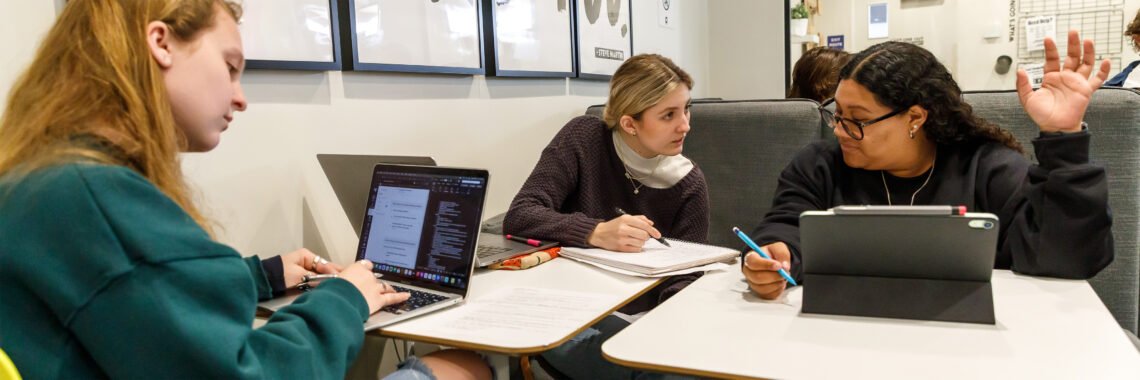Here’s a quick refresh on what’s new in Vanguard’s course evaluation process and how we can deepen our understanding of teaching effectiveness beyond any single measure. With our transition to the Student Experiences of Teaching (SET) survey, we now have richer, more targeted student-centered feedback tools. Let’s explore what’s changed and how to extend our perspective through reflective practice.
What’s New: From Traditional Evaluations to SET
We have moved from traditional “course evaluations” to the Student Experiences of Teaching (SET) survey. This tool emphasizes feedback centered on students’ experiences and perspectives.
- The shift follows broader higher education trends, where course feedback was redesigned to collect more meaningful and actionable insights. The goal is to see students as partners in the learning process, not simply as judges of faculty performance.
- The new instrument is faster for students to complete and highlights aspects they are uniquely positioned to assess. Early responses from SURP students and participants in the summer pilot have been positive, providing evidence of having met the aims of the initiative.
- The timing of the request for feedback has also been adjusted, with clearer communication about confidentiality for both students and professors. Students are now asked to provide feedback a week or two earlier than before. This shift helps ensure input is gathered before the busiest part of the semester, when final projects and exams can compete for attention.
Broadening the Feedback Portfolio
SET is only one way to gather feedback. Teaching effectiveness grows stronger when combined with additional practices. Stephen Brookfield, author of over 30 books about teaching in a higher education context, encourages us to become critically reflective teachers:
“Critically reflective teaching happens when we identify and scrutinize assumptions that undergird how we work. The most effective way to become aware of these assumptions is to view our practice from different perspectives.”
Brookfield’s perspectives (or lenses) include:
- Your own experience (what you bring as a learner and teacher)
- Students’ perceptions (what they experience)
- Colleagues’ views (what peers notice in your teaching)
- Scholarly literature (what research offers as context and evidence)
Together, these lenses help uncover assumptions and patterns that may otherwise go unnoticed.
Practical Ways to Extend Feedback
- Mid-course feedback: Use quick check-ins (such as “Stop, Start, Continue”) to adjust while teaching is still underway.
- Peer observation: Invite colleagues or someone from T+L to observe a class and share their feedback.
- Reflective journaling: Capture themes and quick insights that emerge while your recollections will be strongest (right after class). Teddy Svoronos’ reflections from 2020 offer a good model for how we might capture this widsom, as it emerges.
- Engage scholarship: Connect teaching practice with current research. Join T+L events or start a faculty learning community of your own to expand your lens.
Quick Actionable Tips
- Review SET results for themes and actionable ideas.
- Run a mid-course check-in to gather early feedback.
- Build a reciprocal peer-observation relationship.
- Start a short weekly reflection using Brookfield’s lenses.
- Connect theory to practice through T+L resources.
The new SET survey offers a valuable way to center student experiences. Yet the most powerful insights come when we combine multiple sources of evidence: student voices, peer feedback, personal reflection, and research. Brookfield’s model gives us a simple and effective path to becoming more critically reflective teachers.




